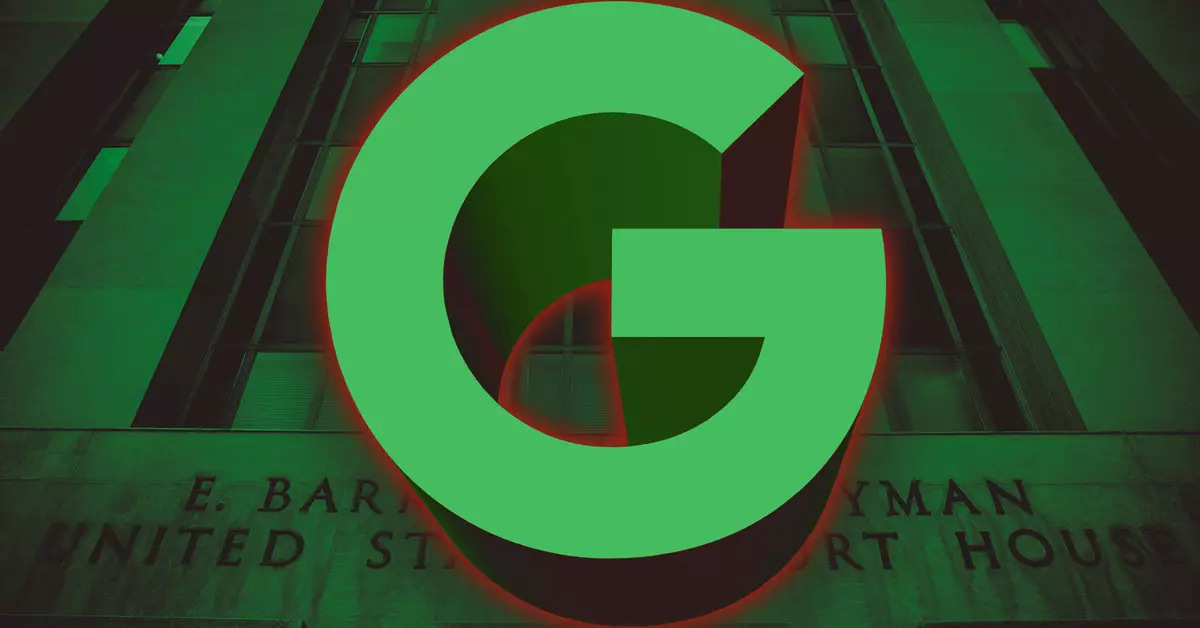In recent years, Google has faced intense scrutiny as regulators scrutinize its market power and antitrust violations. The Department of Justice (DOJ) has laid out an array of measures aimed at dismantling Google’s monopolistic stronghold, particularly in the search engine market. This landscape was further complicated by a comprehensive ruling from Judge Amit Mehta, asserting that Google operates as a monopolist, thereby demanding a reevaluation of its business practices.
In a timely counter to the DOJ’s proposals, Google articulated its own framework of “remedies” aimed at alleviating concerns without conceding control over its vital services. Central to Google’s strategy is the focus on its partnerships, particularly the financial agreements it engages in with key players like Apple and Mozilla. Instead of separating its essential services such as Chrome or Android, Google proposes to adjust its distribution contracts, particularly those that give preferential placement to its products in lieu of financial compensations.
Google’s initiative significantly diverges from the DOJ’s approach by emphasizing contractual relationships rather than structural changes. The tech giant argues that its existing agreements, which allowed it to pay for exclusive search placements, should not be seen as monopolistic practices. By modifying how and when these deals are executed, Google seeks to portray itself as compliant and responsive to regulatory pressure, while still safeguarding its core business advantages.
The suggested tweaks entail blocking Google from creating bundled licensing agreements that tie multiple services together. For instance, arrangements that link Chrome’s installation with its Search functionality or with Google Play will be revisited under these proposals. The provision for annual assessments of these distribution contracts represents another layer of scrutiny that Google seems prepared to embrace. However, the absence of measures to facilitate data-sharing remains glaring, as this could provide substantial competition by enabling other search engine services to leverage Google’s insights.
While the suggested remedy could ostensibly foster a more competitive environment, critics could argue that these fixes are merely superficial. Google, while ostensibly following the guidelines laid out by the DOJ, still wields considerable power over the search market and could easily sidestep the limitations imposed on its contracts.
As Google prepares to submit its revised proposals on March 7th, the tech industry and regulatory bodies are left to contemplate the implications of these changes. Will these adjustments be sufficient to mitigate antitrust concerns, or are they merely a Band-Aid on a much larger problem? The upcoming trial scheduled for April will serve as a litmus test, determining whether Google’s strategic maneuvering will grant them a reprieve or if further action will be mandated to encourage genuine competition.
While Google’s proposed adjustments reflect an awareness of regulatory scrutiny, the effectiveness of these measures in addressing public and governmental concerns about monopolistic behavior remains to be seen. With global scrutiny on tech giants increasing, this case serves as a critical chapter in the ongoing conversation surrounding digital monopolies and fair market competition.

